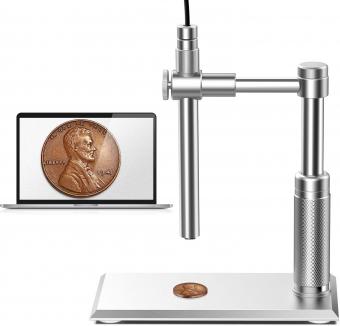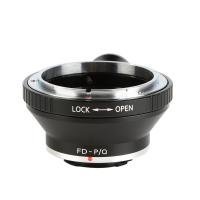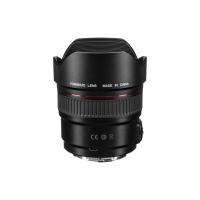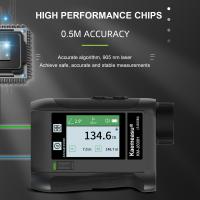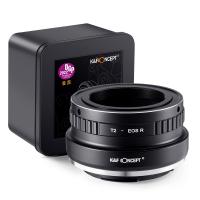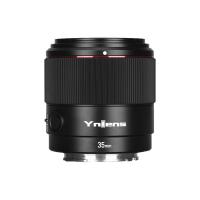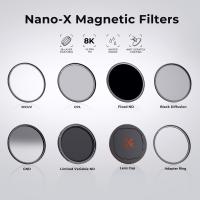Can You See Sperm Without A Microscope ?
No, it is not possible to see sperm without a microscope. Sperm are microscopic in size, measuring only about 0.05 millimeters in length. They are also transparent and colorless, making them difficult to see with the naked eye. Therefore, a microscope is required to observe and study sperm cells.
1、 Naked eye visibility of sperm: Myth or Reality?
Naked eye visibility of sperm: Myth or Reality?
It is a common myth that sperm can be seen with the naked eye, but this is not true. Sperm are microscopic in size, measuring only about 0.05 millimeters in length. They are too small to be seen without the aid of a microscope.
However, there have been some reports of people claiming to have seen sperm with the naked eye. These claims are likely due to a misunderstanding of what they were actually seeing. It is possible to see semen, which is the fluid that contains sperm, with the naked eye. Semen is a whitish, opaque fluid that is released during ejaculation. It is possible to see semen on surfaces such as clothing or bedding, but this does not mean that the individual is seeing actual sperm.
In recent years, there has been a growing interest in at-home sperm testing kits that claim to allow individuals to see their own sperm without the need for a microscope. While these kits may provide some information about sperm count and motility, they do not actually allow individuals to see the sperm themselves. Instead, they use a chemical reaction to detect the presence of sperm in the sample.
In conclusion, the naked eye visibility of sperm is a myth. Sperm are too small to be seen without the aid of a microscope. While it is possible to see semen with the naked eye, this does not mean that the individual is seeing actual sperm.

2、 Factors affecting the visibility of sperm without a microscope.
The answer is "No, you cannot see sperm without a microscope." Sperm cells are microscopic, measuring only about 50 micrometers in length, which is about 0.05 millimeters. Therefore, they are not visible to the naked eye.
Factors affecting the visibility of sperm without a microscope include the lighting conditions, the distance from the observer, and the quality of the sample. In bright light, sperm may be visible as tiny white specks, but this is not a reliable method of detection. The distance from the observer also plays a role, as the closer one is to the sample, the easier it is to see the sperm. However, even at close range, sperm are still too small to be seen without magnification.
The quality of the sample is also important. Sperm cells may be present in semen, but they may not be visible due to the presence of other substances, such as mucus or blood. In addition, the concentration of sperm in the sample can affect visibility. A low concentration of sperm may make it difficult to see them even under a microscope.
In conclusion, the only way to see sperm is through the use of a microscope. While there are factors that can affect the visibility of sperm without a microscope, they are still too small to be seen with the naked eye. It is important to note that attempting to view sperm without proper equipment can lead to inaccurate results and should not be relied upon for medical or diagnostic purposes.

3、 Historical perspectives on the naked eye observation of sperm.
Historical perspectives on the naked eye observation of sperm reveal that the ancient Greeks were the first to describe the existence of sperm. They believed that sperm was a vital fluid that was responsible for the creation of life. However, it was not until the invention of the microscope in the 17th century that scientists were able to observe sperm in detail.
Before the invention of the microscope, there were various methods used to observe sperm. One of the most common methods was to examine semen under a magnifying glass. While this method allowed for some observation of sperm, it was not detailed enough to provide a complete understanding of their structure and function.
With the invention of the microscope, scientists were able to observe sperm in much greater detail. They were able to see the flagellum, which is responsible for the movement of sperm, as well as the head, which contains the genetic material necessary for fertilization.
Today, it is widely accepted that sperm cannot be seen without the aid of a microscope. While there are various methods for observing sperm, including staining techniques and electron microscopy, all require the use of a microscope.
In conclusion, historical perspectives on the naked eye observation of sperm reveal that it was not until the invention of the microscope that scientists were able to observe sperm in detail. Today, it is widely accepted that sperm cannot be seen without the aid of a microscope.

4、 Modern techniques for non-microscopic detection of sperm.
Modern techniques for non-microscopic detection of sperm have been developed in recent years. These techniques include the use of fluorescent dyes, immunological assays, and DNA analysis. However, it is important to note that these methods are not as reliable as microscopic detection and may not be able to detect low levels of sperm.
Fluorescent dyes can be used to stain sperm cells, making them visible under a fluorescent microscope. This technique is useful for identifying sperm in forensic samples, such as clothing or bedding. However, it requires specialized equipment and expertise to perform.
Immunological assays involve the use of antibodies that bind to specific proteins found in sperm. These assays can be used to detect sperm in bodily fluids, such as semen or vaginal secretions. However, they are not as sensitive as microscopic detection and may produce false-negative results.
DNA analysis is a highly sensitive technique that can detect even small amounts of sperm. This technique involves the extraction of DNA from a sample and the use of polymerase chain reaction (PCR) to amplify specific regions of the DNA. DNA analysis can be used to identify the presence of sperm in forensic samples, such as swabs or stains. However, it is a time-consuming and expensive technique that requires specialized equipment and expertise.
In conclusion, while modern techniques for non-microscopic detection of sperm have been developed, they are not as reliable as microscopic detection. It is important to use a combination of techniques to ensure accurate and reliable results.















